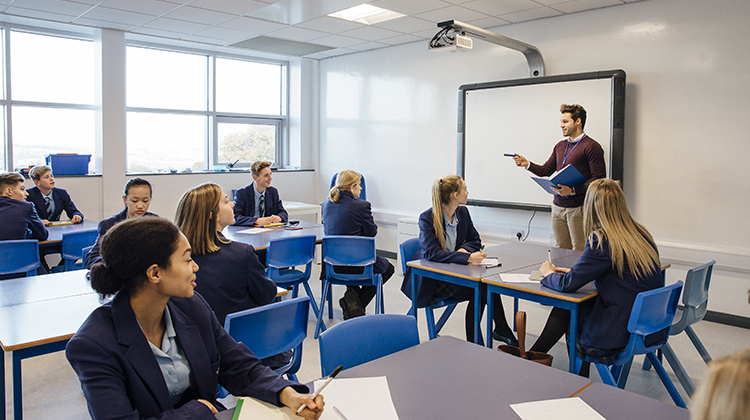Educating Minds, Fuelling Economies

When we think of Independent schools, we picture classrooms, teachers and their students immersed in learning.
But what may not necessarily spring to mind is the extensive economic engine working hard beneath the surface. In reality, Independent schools are not only shaping minds, they are also fuelling economic markets and communities across the state.
Economic Impact
According to the latest research by AEC Group, commissioned by Independent Schools Australia, in 2023-24, the 430 Independent schools in NSW injected nearly $15 billion into the state’s economy and supported almost 77,000 jobs. That’s huge!
The impact of the state’s Independent schools is comparable to the economic output of a major region and or an ASX-listed corporate business, with $5.85 billion generated through their daily operations.
To put this figure in perspective, it is more than the entire economic output of Coffs Harbour with its extensive tourism and buoyant agricultural sector. It’s equal to economic activity of important regional hubs like Toowoomba in Queensland or Whyalla in South Australia.
Funded through a combination of parent fees and government grants, NSW Independent schools employ over 33,000 staff directly and create substantial additional employment, demonstrating their vital role in strengthening communities.
In turn, there is also then a powerful ‘multiplier effect’ that is generated by Independent schools; salaries and purchases flow downstream into other sectors, generating $9.04 billion in flow-on financial contributions to the economy. For schools to operate effectively, they require investments in educational resources, technology, insurance, maintenance, utilities and other essential operational activities and services.
As Independent schools expand their reach, their influence is felt well beyond the classroom, creating opportunities across multiple industries. Their operations then generate business growth in local economies by investing in capital work, with the knock-on effect being an increase in skill development in those local areas.
Driving Employment and Opportunity
The research highlighted the 33,760 direct full-time equivalent (FTE) jobs created by Independent schools across NSW - more than Telstra or Qantas nationally, and more than NSW’s entire mining sector. In addition, there were 43,000 additional FTE jobs created through flow-on employment.
Regional Reach
Independent schools are powerful economic and employment generators in their local rural or regional communities. Outside Sydney, Independent schools contributed $3.4 billion in direct and flow-on activity, almost matching the Riverina’s entire economic output.
The research found that NSW Independent schools supported almost 21,000 direct and indirect FTE jobs in rural and regional areas, equal to the population of Griffith or Armidale. These jobs, often high skilled and high income, help to keep families in rural areas, generating further economic activity and ultimately allowing more remote country areas to thrive.
Independent schools employ thousands of people, particularly women, in flexible roles, whether in teaching or administration and support roles, aligning to their age and stage of family life. In local regional towns, Independent schools often have a role to play as a ‘community hub’ by hosting events, sports activities and community gatherings, providing a cornerstone for strong regional communities.
Savings to Taxpayers
Nearly 250,000 students, or 20% of NSW’s student population are enrolled at Independent schools, significantly easing pressure on public schools and taxpayers across the state. Parents who choose to send their children to Independent schools are helping fund the cost of educating their children through their fees and contributions which saves their fellow taxpayers $3.9 billion in recurrent costs and a further $1.03 billion in capital costs. That equates to nearly $1000 saved for every NSW working-age taxpayer and frees up $5 billion each year for other essential public expenditure on state schools, hospitals or roads.
Other Benefits
Independent schools typically invest significantly in values-based learning, student wellbeing programs, counselling and pastoral care programs. These programs not only significantly enhance the fabric of our society but also provide support for the students at these schools to live ‘well’, developing healthy, contributing members of society.
Schools have an important role to play in fostering a sense of community and can be a very positive force within the local area. Many Independent schools are started from faith communities and act as local hubs of spiritual worship. These groups are often represented through Independent schools and frequently fund-raise and provide support for people marginalised in society, such as those struggling with mental health, addiction, homelessness and family violence. This investment from those communities also helps to ease the burden on government spending seeking to address those issues.
Independent schools are helping NSW thrive, not just academically but socially and economically. Independent schools have become an integral part of the fabric of our society.